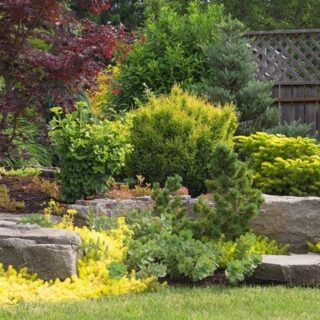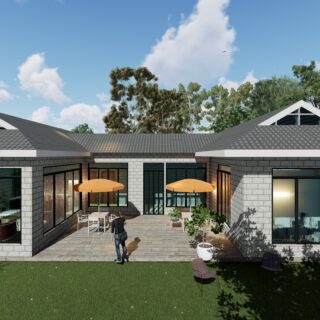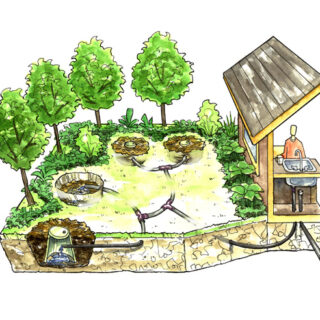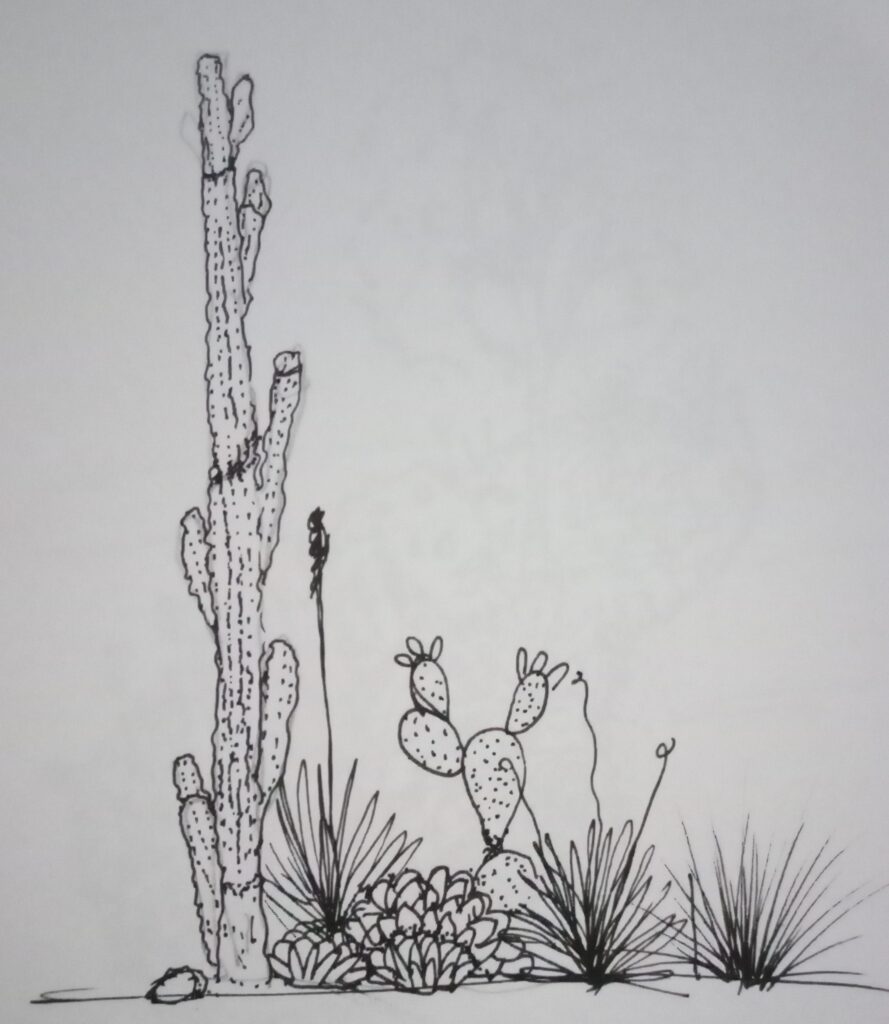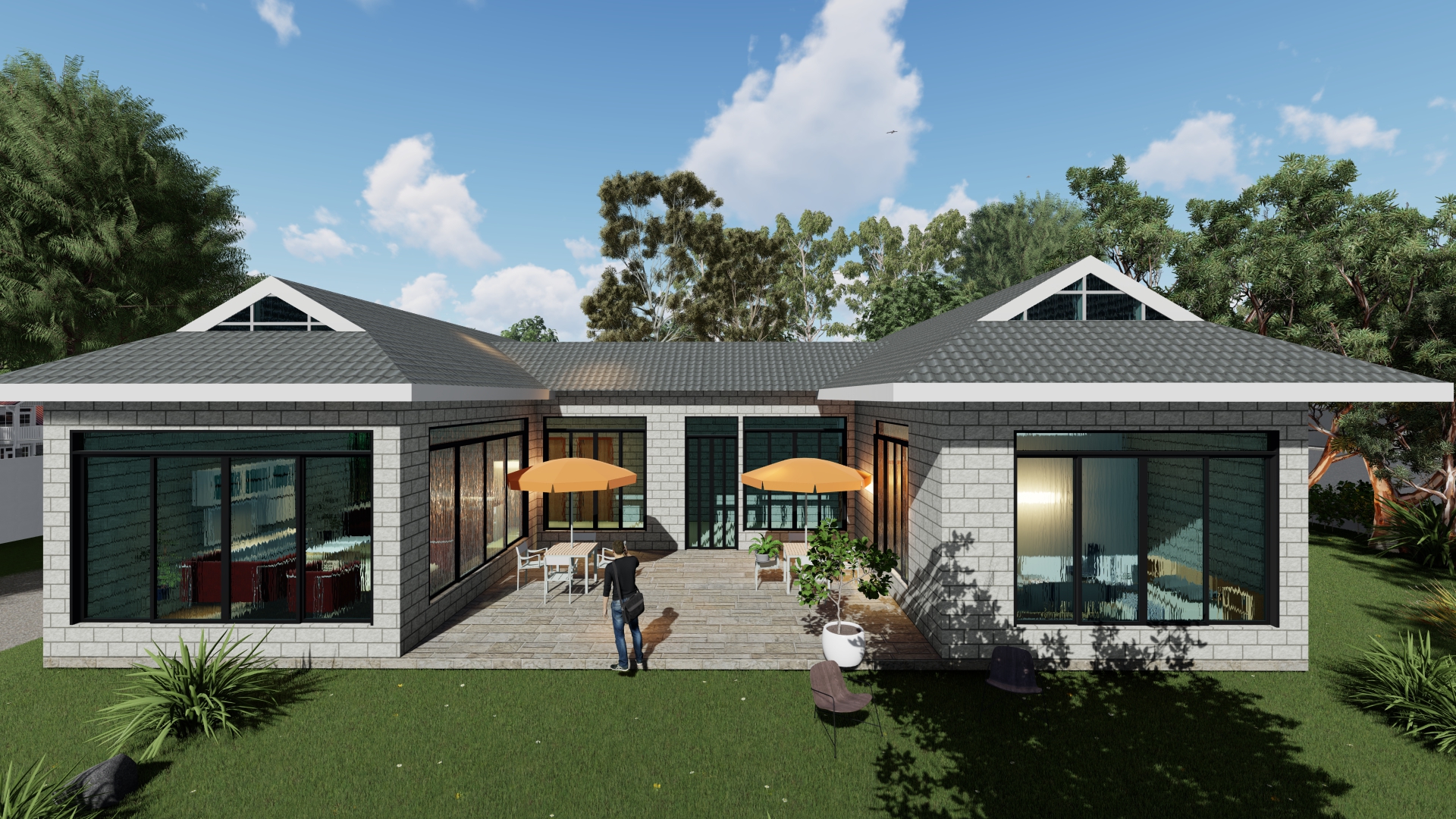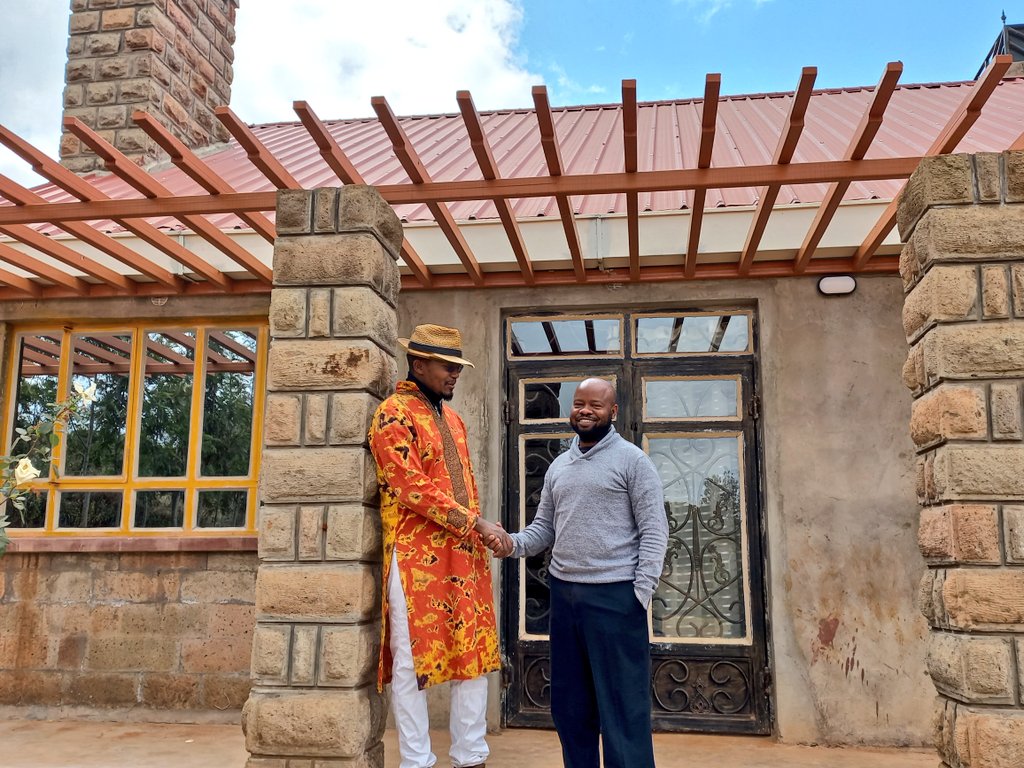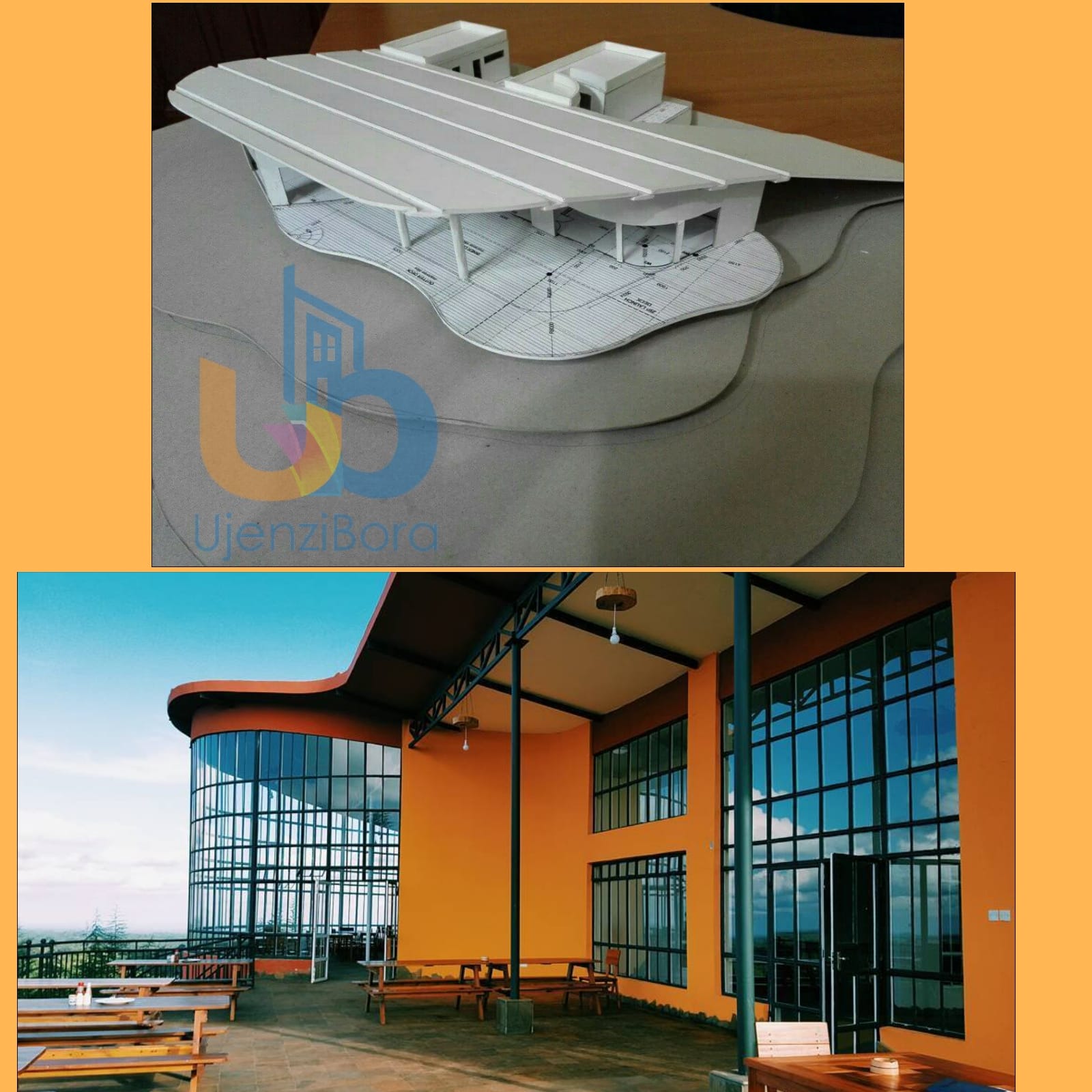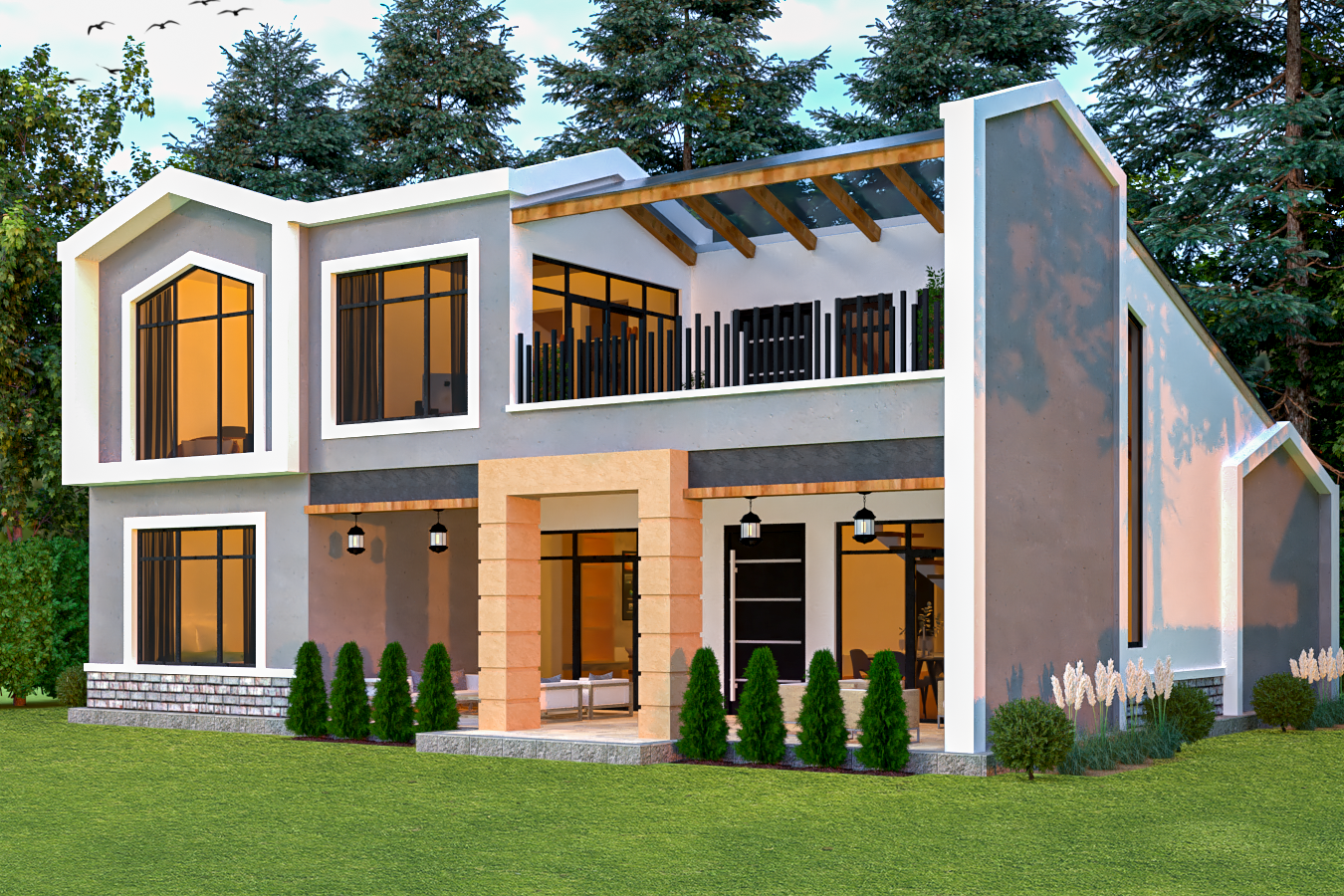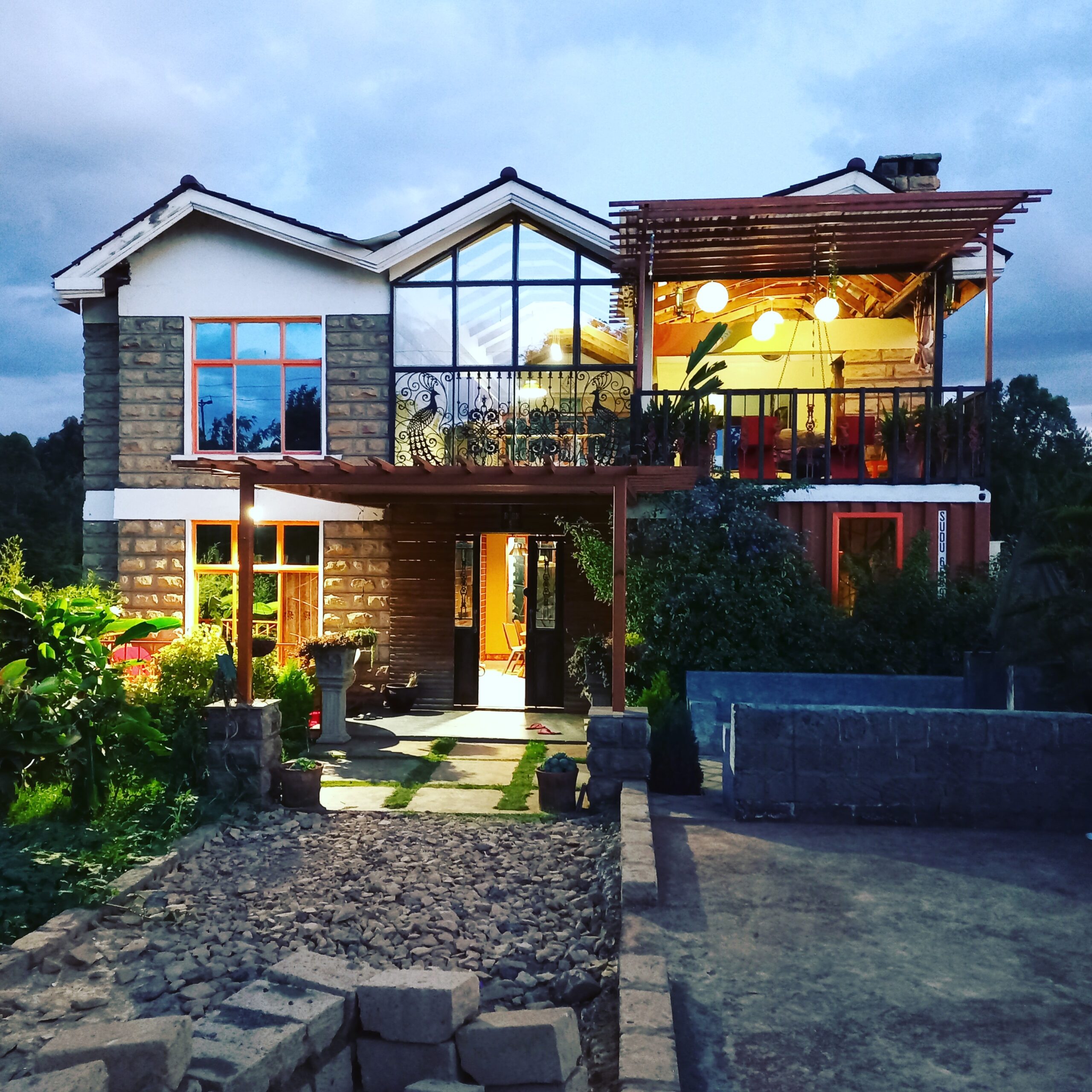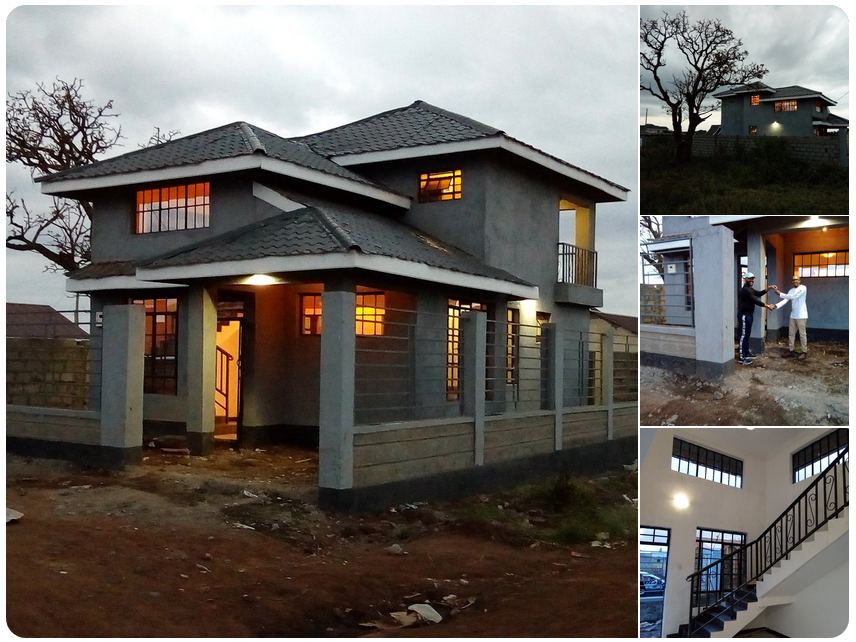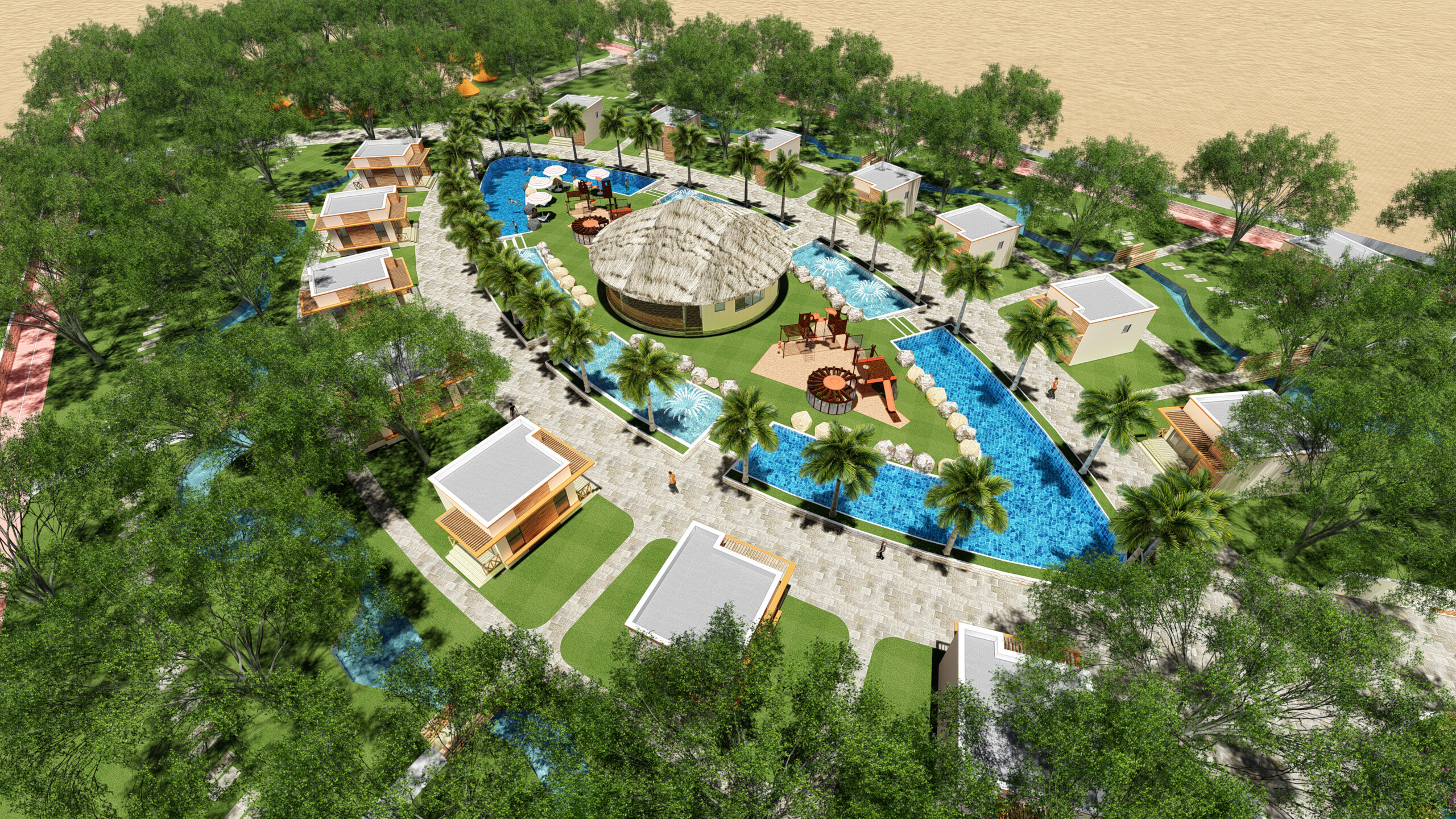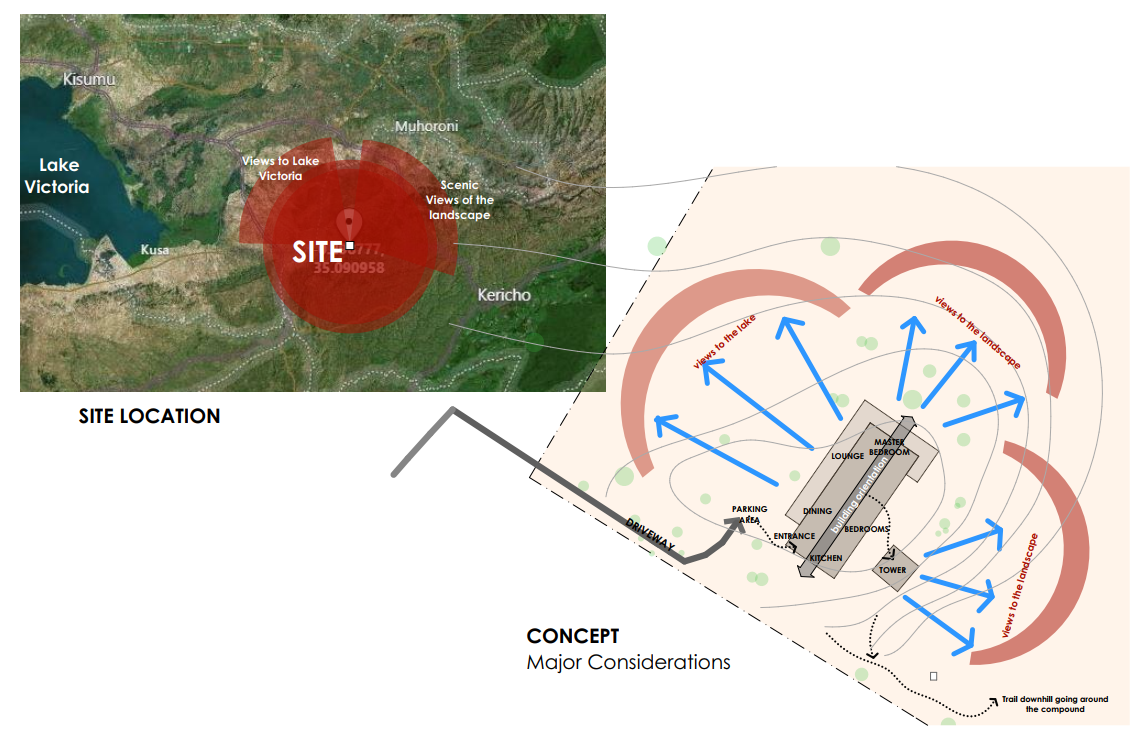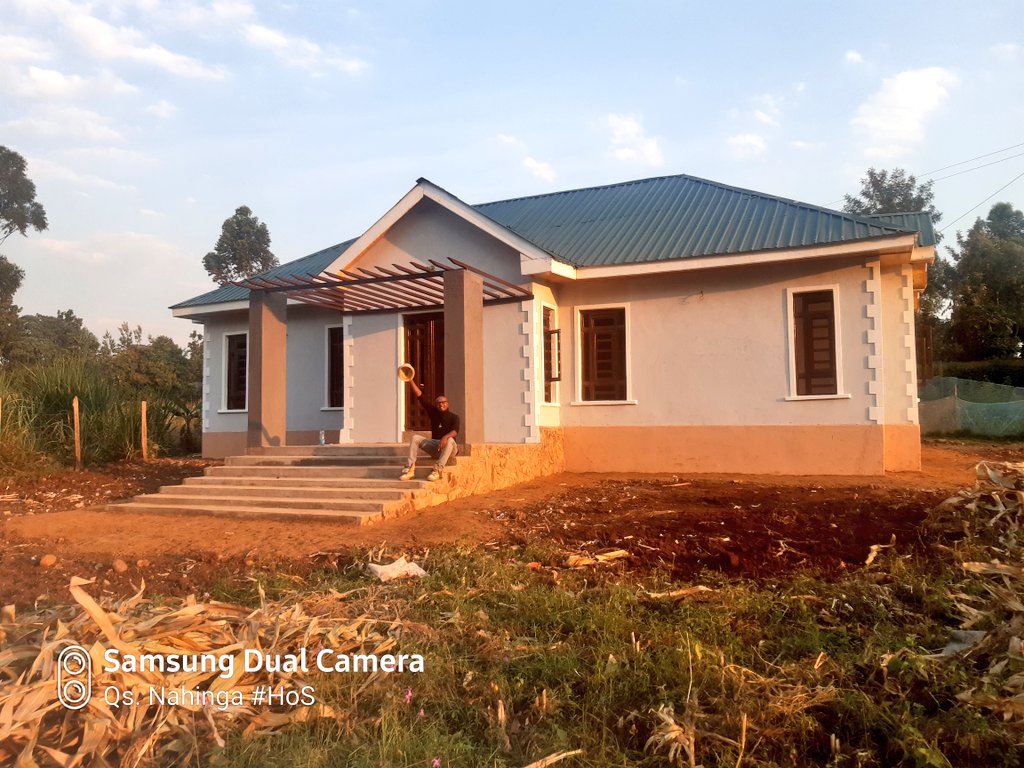10 Lawn Alternatives
There is nothing quite like spending time immersed in nature. It soothes the soul and relaxes the brain.
So we plant trees, shrubs flowers, and lawns. Lawns have become such a staple component in landscaping that it’s impossible to miss.
So what’s this talk on replacing the lawns? Isn’t all green good? Well, some green has more ecological benefits than others. In the grand scheme of things, lawns may not be the best way to incorporate vegetation into the landscape.
Reasons to cut back on the lawns
In order to maintain lawns in the evergreen lush states, a lot of watering is required, especially in the dry seasons. Water is increasingly becoming scarce and watering lawns is an unwise use of a limited resource. The lawns have to be mowed regularly making them labour intensive and expensive to maintain.
Most lawns are biological deserts as they comprise only one or two species of grass. Additionally, chemicals applied to control weeds in lawns are harmful to the environment. Lawns are therefore repulsive to pollinators. Bees, birds, and butterflies are fundamental in food production. Large lawns are monotonous and boring after a short while.
Here are some lawn alternatives that can be employed to reduce the sizes of lawns.
1. Xeriscaping
Xeriscaping is the practice of designing landscapes that require little to no watering beyond the natural climate. Ideal for dry regions. With the right plant choice, can be optimized for wet regions that experience considerable dry spells. It uses native plants and drought-resistant varieties, arranged in water-efficient ways. Once these plants have established roots, they can survive dry seasons without watering. It reduces watering needs by up to 70%.
Cacti, agaves, aloes, euphorbias, and succulents are ideal for xeriscaping. Sedum mats offer an ever-changing carpet awash with pollinators. Pork and beans, delosperma, red carpet, and other creeping sedums are used where full ground cover is desired.
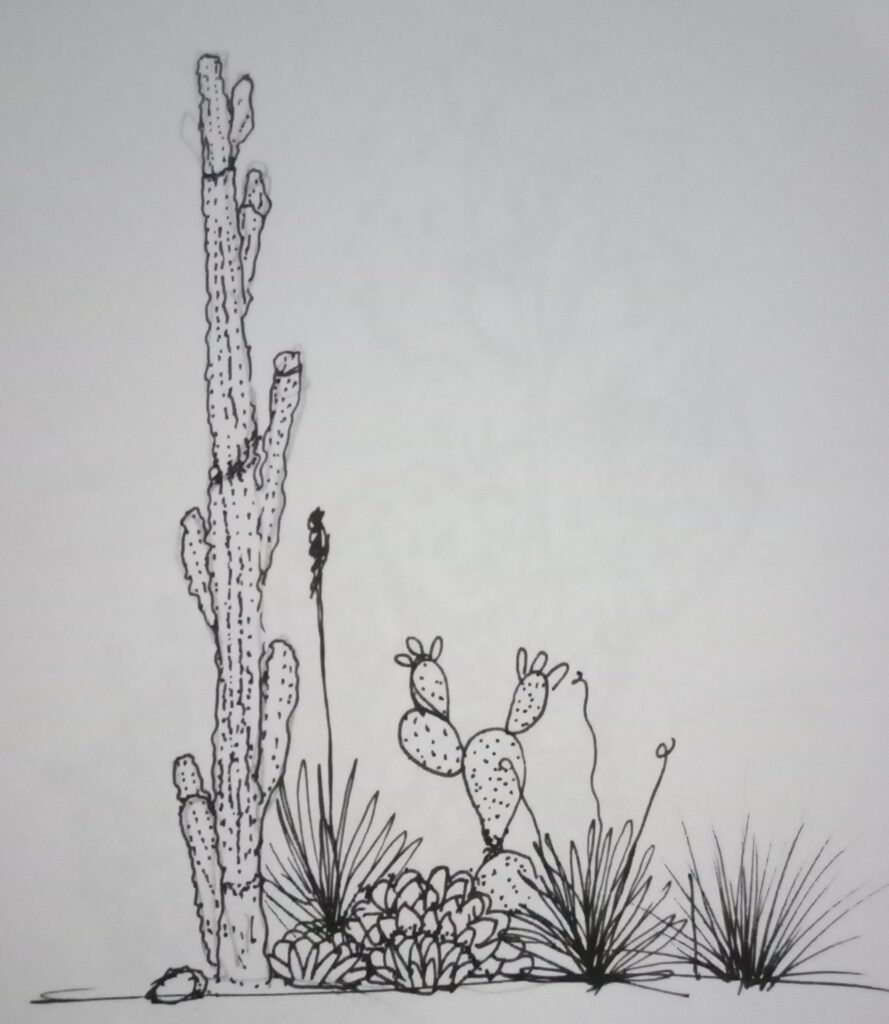
2. Groundcovers
Groundcovers spread across the ground without growing tall, eliminating the need for mowing completely. They fill out the area preventing the growth of weeds. Be it flat areas, steep slopes, clay soil, rocky areas, or shaded areas, groundcovers are a great way to get your landscape flourishing and looking good.
In places you don’t need to walk, weed-smothering groundcovers are ideal. List. These feed both soil and bees. Examples include ajuga, liriope, periwinkle, chamomile, and marigold.
Climate and use of space will determine the choice of ground cover to use. Perennial groundcovers are ideal for shady areas. An eco-friendly alternative to lawns that is low-maintenance, and requires no mowing, weeding, and less watering.
Moss
Moss does well in shaded areas. With quite a variety to choose from, moss is drought resistant, easy to install, and with its soft velvety feel, you have a nice cool carpet to lay on a hot afternoon. Moss requires no mowing at all and less watering than grass after establishing.
3. Ornamenal grasses
Drought-resistant ornamental grasses require little to no watering or fertilization. Most do well in sunny areas. Some like fine fescue grow closely together blending into a smooth surface resembling a lawn. Others grow in tufts, creating a unique texture in the landscape.
Examples include mondo, fescues, little bluestem, fountain grass, feather reed grass, and pampas grass.
(Img)3

4. Meadows
Meadows are areas with native plants, including grasses, wildflowers, and shrubs. They are a sensible alternative to big lawns as it’s incredibly cheap and little to no maintenance is required. They don’t require mowing, irrigation, fertilization, or pesticides. Meadows well in poorer soils. Deep layering means a large variety of plants. This carbon sink restores biodiversity while attracting pollinators. Wildflowers. Creating patterns similar to those found in nature is hugely beneficial to the ecosystem and costs way less to maintain.

5. Extensive planting beds
Flower beds can be done on property edges, along the foundation, or in the middle of the landscape in an island of sorts. Native perennial beds adapted for the local ecosystems for optimal survival. These additional points of visual interest with the colours, textures, and forms while reducing the area under grass. Island beds break the monotony in the landscape and create a focal point. Planting beds introduce biodiversity and attract bees, butterflies, and birds.
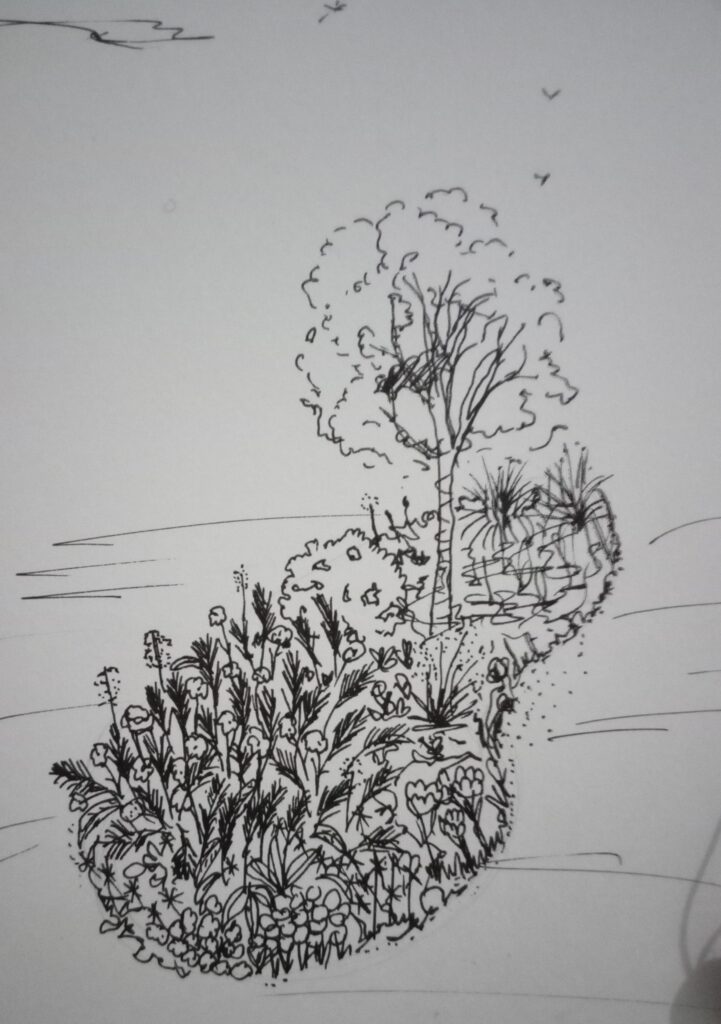
6. Raised bed gardens
Raised vegetable beds help with weed control, pest control, and overcoming bad soil. They also eliminate constant tilling. Having these vegetable beds reduces the area under grass while helping you grow your own produce.
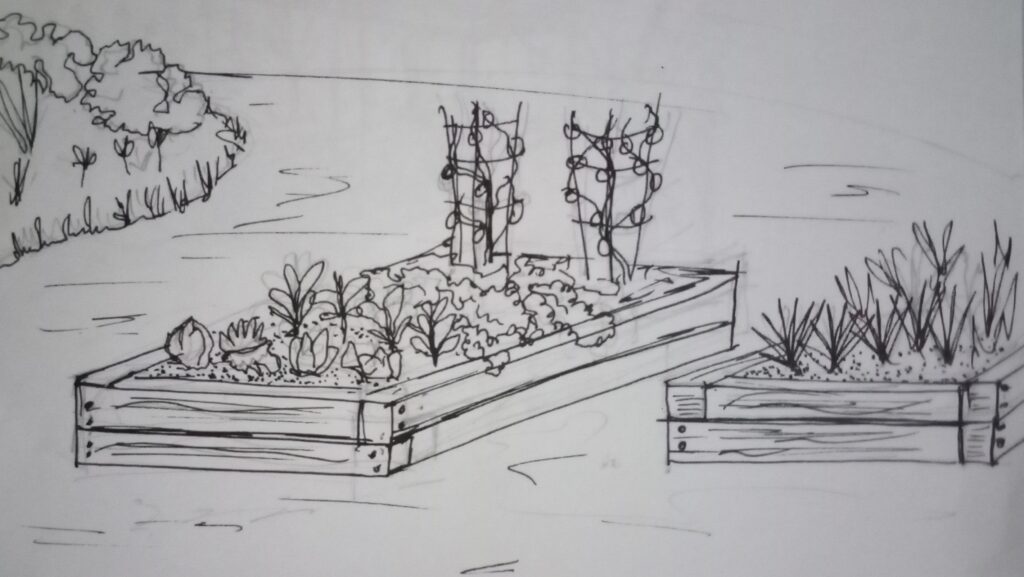
7. Rock gardens
Rock gardens consist of pebbles, rocks, and gravel arranged with plants. Rock gardens are low maintenance and water-saving. Rocks on site and even broken and leftover building stones can be used to create a rock garden. The rock garden gives the property a unique character while reducing lawn coverage.
8. Japanese gardens
Japanese garden design comprises four elements, rocks, water, plants, and ornaments. These zen gardens reduce the area under lawns. Loose gravel can also be used in smaller pocket spaces. Not only is it permeable, but the crunch also adds a layer of security measures. Ideal for sitting areas. You need a professional to help with ground preparation, choice of gravel, and installation.
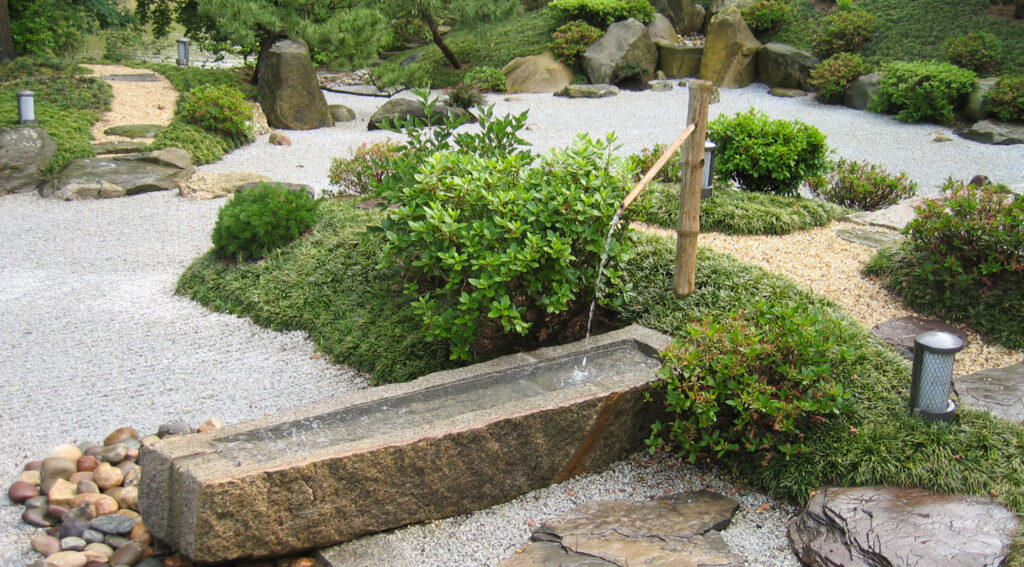
9. Use wood chips in shaded areas
In shaded areas under big trees where plants struggle to grow, shredded bark fits right in. Sawdust can also be used. This function as mulch, preserving water in the soil as well as weed control. Wood chips bring a natural woodland aesthetic.

10. Create a patio
A paved patio is an ideal outdoor room for entertaining guests. If you want to extend your living space outdoors and cut back on the lawn, a patio is a way to go.

Finally, whatever you do, avoid artificial grass. Some people seem to think artificial grass is a good alternative to traditional grass. It is to understand that artificial grass is bad for the environment and for people. It uses large volumes of plastic which cannot be recycled. it has a large carbon footprint, damages soil underneath, and prevents percolation. And of course, it raises surface temperature making it unusable in hot weather.
With proper planning, you can create lush and healthy landscapes that are eco-friendly, sustainable, and virtually maintenance-free. You will also have birds and bees as frequent visitors at your place, as well as plenty to share with friends as many of these are easy to propagate.
Contact us at Ujenzibora today to start your journey to a lawn-free landscape.

